Description
3. Weight and Dimensions
- Weight: The unit weighs approximately 3 kg, which is relatively heavy due to its high – performance components and robust construction.
- Dimensions: The overall dimensions are designed to fit standard VMEbus card cages. It typically has a length of around 233.35mm, a width of 160mm, and a height that conforms to the VMEbus form factor.
4. Features
- High – Performance Computing: The powerful processor and ample memory allow for fast data processing and execution of complex algorithms, making it suitable for demanding applications.
- VMEbus Compatibility: The VMEbus interface ensures seamless integration with other VME – based modules, enabling the creation of large – scale, high – performance systems.
- Multiple I/O Options: The availability of various input/output interfaces provides flexibility in connecting to different external devices and systems.
- Real – Time Capabilities: Support for real – time operating systems ensures timely response to events and accurate control in real – time applications.
5. Stability and Reliability
- Robust Construction: The module is built with high – quality components and a sturdy enclosure that provides protection against shock, vibration, and temperature variations. This ensures stable operation in harsh environments.
- Redundancy and Fault Tolerance: It may incorporate redundancy features and fault – tolerance mechanisms to ensure continuous operation in case of component failures.
- Quality Assurance: Through strict quality control during manufacturing and extensive testing, it offers high reliability and long – term performance.
6. Real – world Examples
- Aircraft Flight Control: In an aircraft flight control system, the VMIVME7750 processes sensor data from multiple sources, such as gyroscopes and accelerometers. It then calculates the appropriate control signals for the aircraft’s actuators to maintain stable flight.
- Automotive Manufacturing Test Line: In an automotive manufacturing test line, it is used for machine vision inspection. It captures images of automotive parts, analyzes them for defects, and controls the sorting mechanism based on the inspection results.
1. Technical Specifications
- Processor: The VMIVME7750 is typically equipped with a high – performance processor, such as a PowerPC or other comparable chips. The processor offers sufficient computing power to handle complex real – time tasks, with clock speeds often in the range of several hundred MHz.
- Memory: It comes with a substantial amount of memory. For example, it may have up to 1GB of onboard RAM for data storage and program execution. Additionally, there is non – volatile memory for storing configuration settings and critical data.
- Power Supply: It operates on a dual – voltage power supply, usually 5V and 3.3V DC. The power consumption varies depending on the specific configuration and workload, but it is generally designed to be energy – efficient while maintaining high performance.
- Input/Output Configuration:
- VMEbus Interface: It has a standard VMEbus interface, which allows for seamless integration with other VME – based modules and systems. The VMEbus provides high – speed data transfer and reliable communication between different components.
- Other I/O Options: It may also support additional input/output interfaces, such as Ethernet, serial ports (RS – 232/RS – 485), and USB. These interfaces enable communication with external devices, data acquisition, and system control.
- Operating System Support: It can support various real – time operating systems (RTOS), such as VxWorks, LynxOS, or other industry – standard RTOS platforms. This provides flexibility in software development and application deployment.
2. Applications
- Military and Aerospace: In military and aerospace applications, the VMIVME7750 is used for mission – critical tasks such as flight control systems, radar signal processing, and avionics systems. Its high – performance computing and real – time capabilities ensure reliable operation in demanding environments.
- Industrial Automation: In industrial settings, it can be used for process control, machine vision systems, and robotics. It can handle complex algorithms for motion control, quality inspection, and production line management.
- Test and Measurement: In test and measurement applications, it is used for data acquisition, signal analysis, and instrument control. It can interface with various sensors and measurement devices to collect and process data accurately.


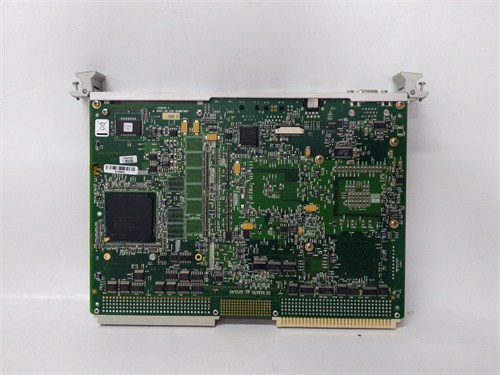
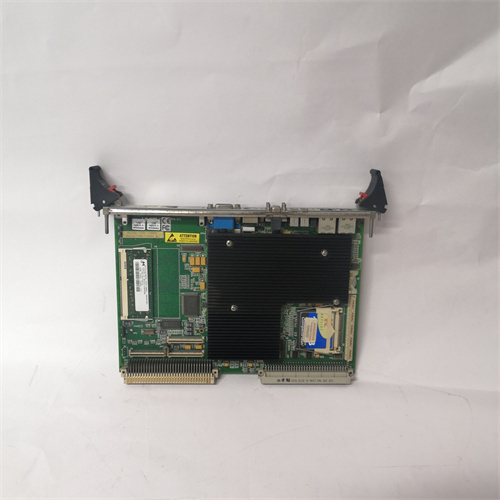

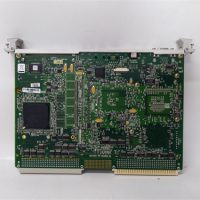

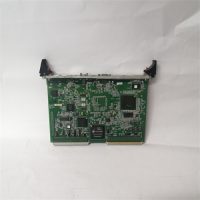

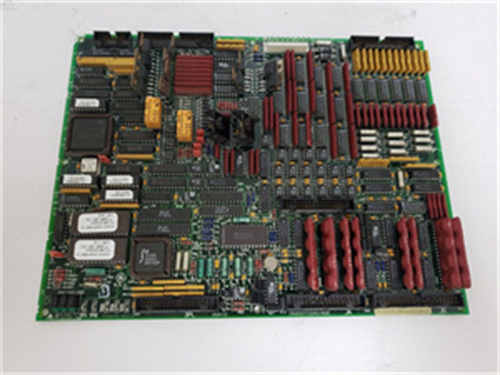

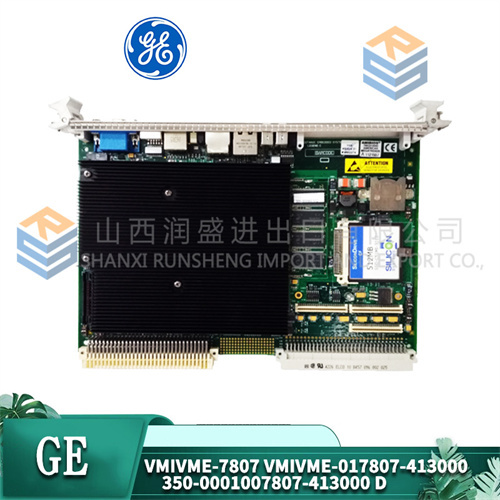

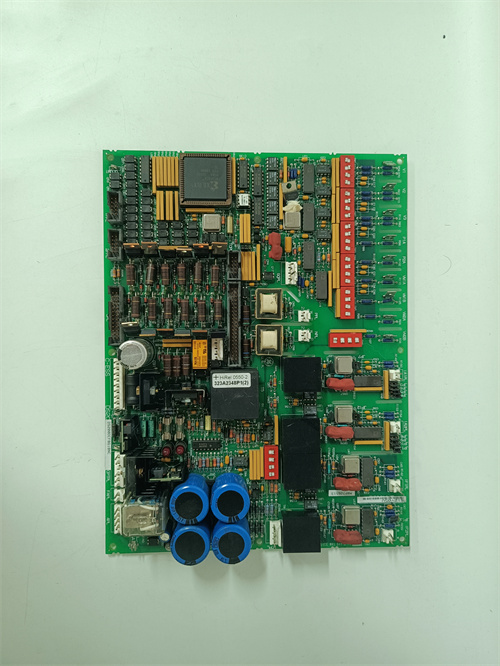
Reviews
There are no reviews yet.